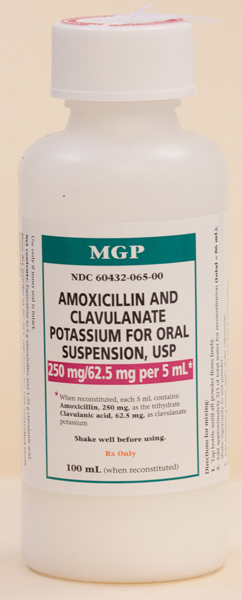
Therapeutic Classification: anti-infectives
Pharmacologic Classification: aminopenicillins beta lactamase inhibitors
REMS
Spectrum:
Absorption: Well absorbed from the duodenum (75–90%). More resistant to acid inactivation than other penicillins.
Distribution: Diffuses readily into most body tissues and fluids. Does not readily enter brain/CSF; CSF penetration is ↑ in the presence of inflamed meninges. Crosses the placenta and enters breast milk in small amounts.
Half-Life: 1–1.3 hr.
Contraindicated in:
Use Cautiously in:
Derm: rash, ACUTE GENERALIZED EXANTHEMATOUS PUSTULOSIS, DRUG REACTION WITH EOSINOPHILIA AND SYSTEMIC SYMPTOMS, STEVENS-JOHNSON SYNDROME, TOXIC EPIDERMAL NECROLYSIS, urticaria
GI: diarrhea, CLOSTRIDIOIDES DIFFICILE-ASSOCIATED DIARRHEA (CDAD), hepatic impairment, nausea, vomiting
GU: vaginal candidiasis
Hemat: blood dyscrasias
Neuro: SEIZURES (HIGH DOSES)
Misc: ALLERGIC REACTIONS (INCLUDING ANAPHYLAXIS AND SERUM SICKNESS), superinfection
Drug-drug:
Drug-Food:
Most Infections (Dosing based on amoxicillin component)
Serious Infections and Respiratory Tract Infections
Recurrent/persistent acute otitis media due to Multidrug-resistant Streptococcus pneumoniae, H. influenzae, or M. catarrhalis
Renal Impairment
Otitis Media, Sinusitis, Lower Respiratory Tract Infections, Serious Infections
Less Serious Infections
Lab Test Considerations:
NDC Code